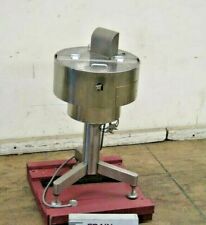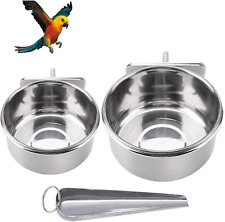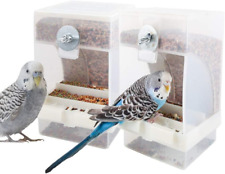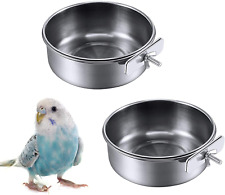FAQ: The Heat Cycle & Spaying in Dogs

When will my dog come into heat?
First heat can vary greatly dog to dog. The youngest is about six months of age though sometimes a female will come into season younger. First heat can start as late as 12 or even 14 months of age or later in rare cases. Again, it can vary dog to dog. Spaying at six months is recommended before a female begins to enter sexual maturity. Some vets will spay younger and spaying of puppies as young as eight weeks old who are up for adoption in shelters is becoming more popular.
How often will my dog come into heat?
Again, this varies dog-to-dog – average is every six months but it could be more or less often.
How long does heat least?
This again can vary. The average is three weeks (21 days). But it can be shorter (two weeks) or longer (four weeks). Assume the longer period if in doubt.
When is a dog most fertile?
Again, this varies dog to dog and is why some breeders attempt to progesterone test to help pinpoint fertility (though testing is not 100% reliable but can help). The fertile period can last about five days and may begin approximately nine to ten days after the onset of heat. However, onset of fertile period can vary after the start of the heat cycle. Some females will only accept a male during this fertile period though others females may allow a male to mount at any time during her cycle while others are not receptive at all. But remember, fertile periods can vary dog to dog.
Can a dog get pregnant her first cycle?
A puppy can get pregnant her first cycle. Ideally she should not be bred until about 24 months when she is out of adolescence.
Will my dog go through menopause?
No. Females do not go through menopause though sometimes there may be a cessation in heat cycles for a period of time and then they can start back up again. As a female ages, her fertility does drop off but she will not go through menopause as humans do. It is also possible for senior dogs to become pregnant. Dropping off of fertility with age does not mean she cannot become pregnant.
Why do people suggest spaying my dog?
There are a variety of reasons why spaying is recommended. The biggest is health. An unspayed female has a greater risk of developing some tumors such as mammary tumors. An unspayed female can developed pyometra (a serious uterine infection than can be fatal) as well as uterine cancer. Having litters is risky to the dog and can be very costly to properly plan and raise. Then there are behavioral issues: unspayed females are more likely to have hormonally related behavioral issues than spayed females (Puppy PMS). Spaying is not a cure for behavioral issues but is a step in working with them. Heat cycles can be very messy and spaying is cheaper than having carpets cleaned after the female gets out of the kitchen and spots all over the beige rug!
Does a female need to have a litter before being spayed?
Having a litter is not healthier than being spayed before a first heat. First, a dog should not be bred her first cycle – she is too immature mentally and often physically. Make the analogy of a teenager having a child at fifteen – is she ready? A dog should be bred at the earliest 18 months of age; however, hips cannot be certified (OFA – Orthopedic Foundation of America) if she is younger than 24 months and many recommend waiting until hips can be certified before breeding. You want her to be physically and mentally mature before breeding. Also, there are complications that can arise during pregnancy and delivery and even post-partum. These complications can be life threatening. A litter of puppies is stressing to her entire system. Spaying eliminates this. Having a litter is more dangerous than spaying in the long run. Plus, the longer a female goes unspayed, the greater chance of her developing other health problems. A female should be spayed before her first cycle ideally – though spaying at any age has more benefits than not spaying.
Is spaying a dangerous operation?
There is risk in any surgery. Without knowing specifics, you will not know why the death occurred. Thousands of spays are performed daily around the country. In a rare few there may be complications leading to death. But again this is rare. Complications from not being spayed are more of a concern than the operation itself. Now this does not help ease the pain for those whose dogs die during a spay. However, there are many factors that can lead to death during surgery. Ask for preoperative bloods to be done to check for problems that could lead to complications. Ask what type of anesthesia is used and note that some breeds may need milder anesthetics. But the health risks of being intact far outweigh the small risks of surgery.
Is spaying expensive?
Let’s break down a few things and see how much spaying costs as compared to the costs of other things that can happen in an intact female. A spay depending on the size of the dog and the clinic (and what types of testing is done prior to, what anesthesia is used, etc) can range from as low as $50 to $175. You can spend many times more than this to treat a pyometra or remove mammary tumors. Blood spots on a carpet can cost a couple hundred dollars to remove if you call in a carpet cleaning company. And of you cannot get the stains out, how much will replacing the carpet cost? A litter of puppies from birth to eight weeks can cost hundreds if not thousands of dollars in food, supplies and inoculations combined. If there are medical complications, this expense can grow. These expenses do not even include pre and post natal care for the mother. Spaying is cheaper than not.













